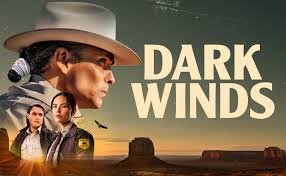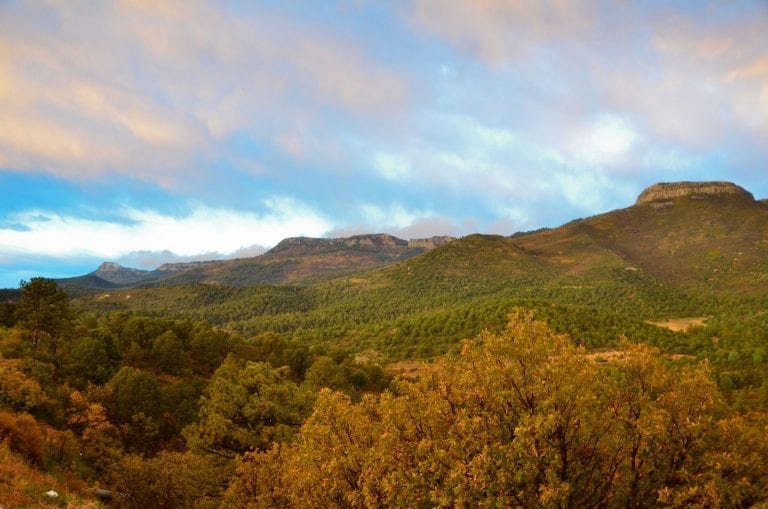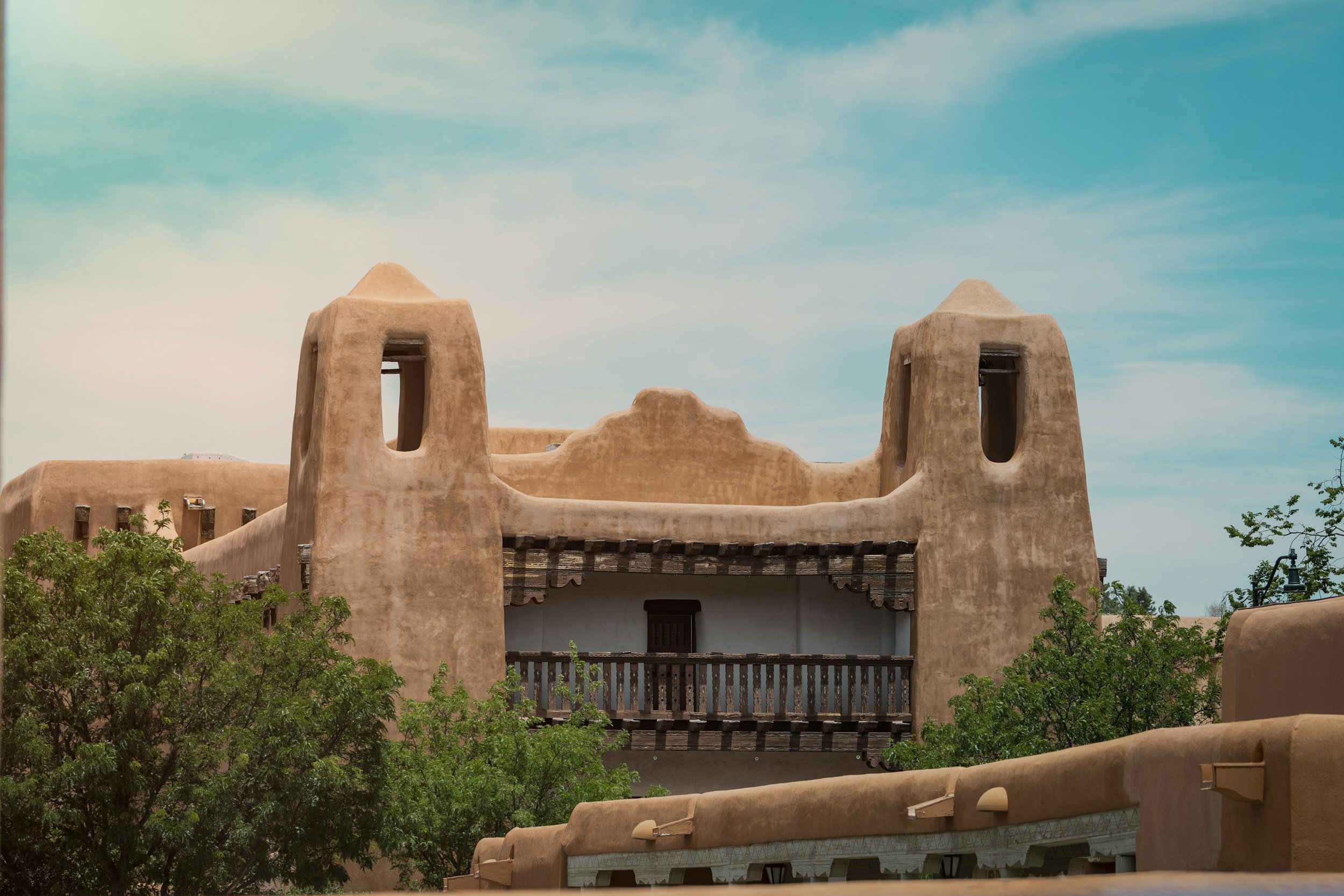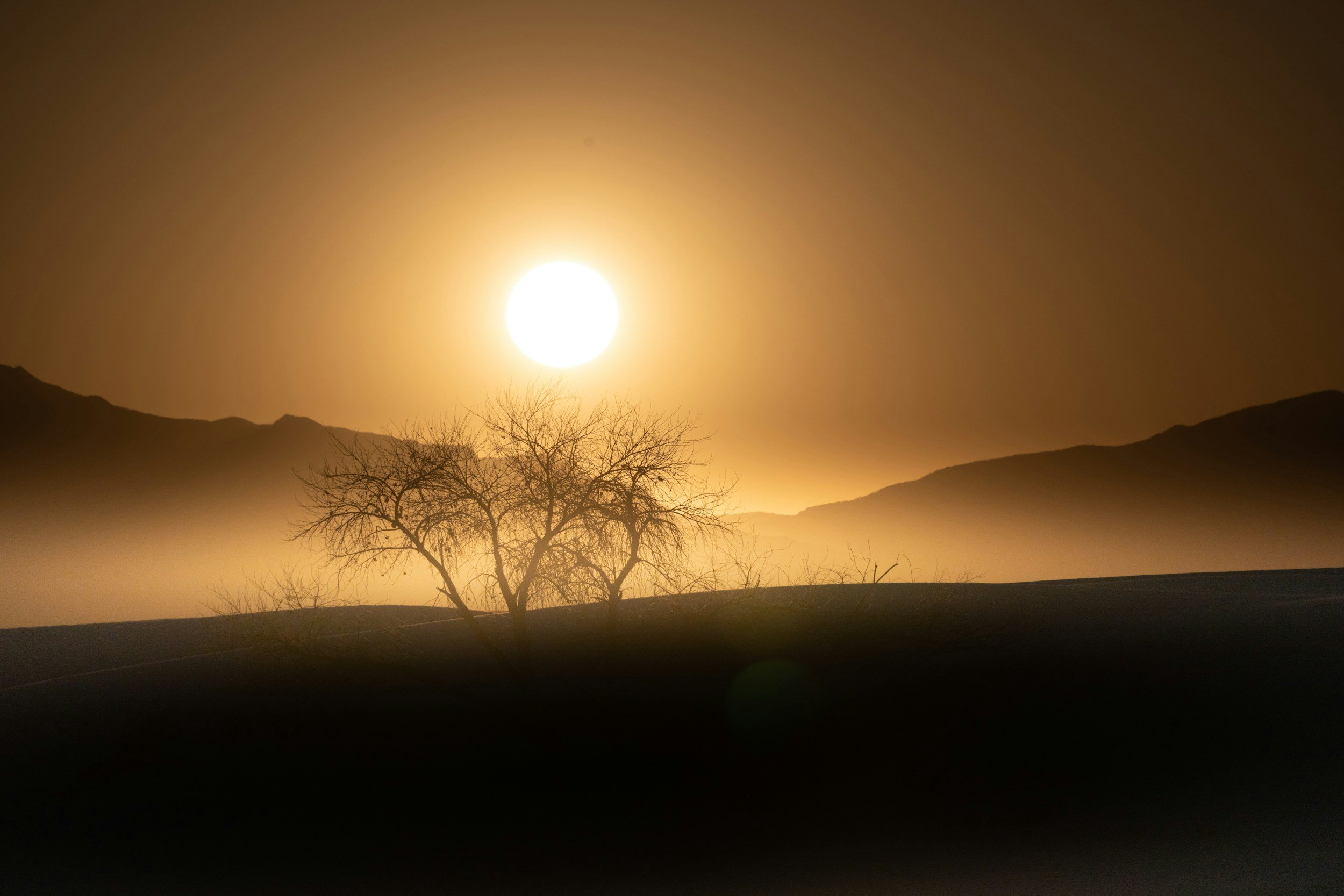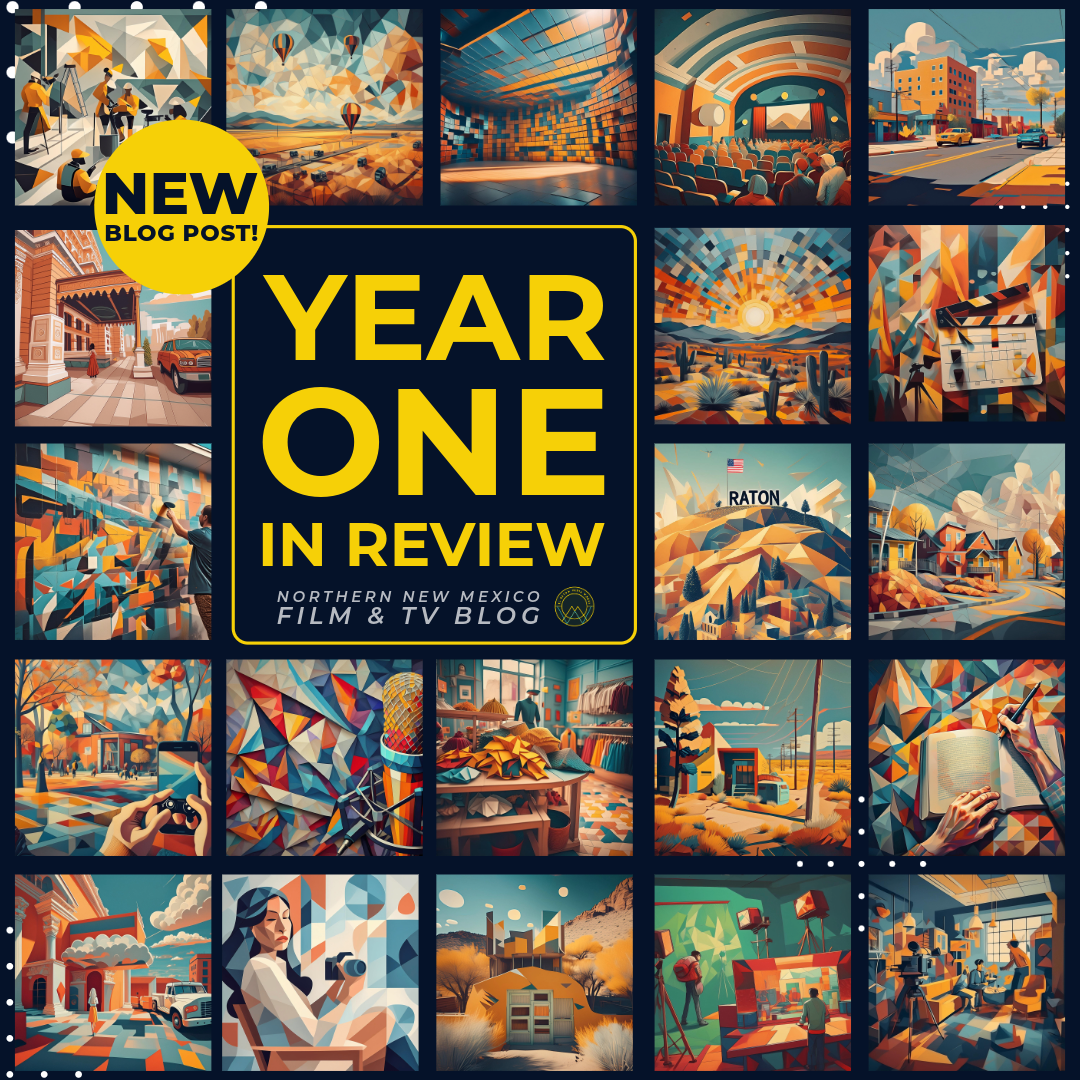Thinking of Relocating from Texas to New Mexico as a Creative Person?
Here are the Key Things to Know
By ERMW Team
Thursday, June 27, 2024
So you're a creative soul in Texas, a heart filled with artistic fire, and there's a whisper in the wind calling you westward. New Mexico, the Land of Enchantment, might be your next artistic frontier. But before you pack your easel, your sketchbook, or your camera bag and head for those painted deserts, let's dive into what makes these two Southwestern states so fundamentally different for a creative person.
Inspiration and Ambiance: Where Your Muses Dwell
Art Scene: Traditions vs. Trends. New Mexico's artistic heart beats to a rhythm centuries old. Native American weaving traditions, intricate silverwork passed down through generations, and vibrant pottery echoing ancient designs – these are not just objects sold in galleries; they're a way of life. If your art connects with traditional aesthetics, this is fertile ground. Texas boasts a thriving art scene, but the heartbeat is relentlessly contemporary, with a strong focus on major metropolitan areas and modern galleries.
Landscape as Muse: Stark Beauty. New Mexico is a land of extremes that begs to be captured on canvas, in sculpture, or in words. From the otherworldly white dunes of White Sands National Park to the towering, color-drenched Sangre de Cristo Mountains, it's a place where light and landscape seem to exist solely to ignite an artist's soul. Texas offers geographical diversity as well, with rolling hills, vibrant coastlines, and sprawling ranchlands. But if your inspiration thrives on stark desert beauty and endlessly dramatic vistas, New Mexico delivers intensely.
History Whispers: Echoes of the Past. New Mexico's history isn't just learned in a textbook; it's etched into the landscape. Ancient Puebloan ruins, the lingering beauty of Spanish colonial architecture, and the vibrant clash and convergence of cultures make this state a goldmine for writers, historical artists, and anyone seeking to uncover the stories in the stones. Texas has a rich history too, but its focus is often on the era of cowboys and westward expansion, a different narrative thread.
Budget and Support: The Practical Necessities.
Stretching Your Creative Dollar: The reality is, artistic inspiration doesn't pay the rent. As a creative, New Mexico often offers a crucial advantage: lower living costs. From affordable housing to smaller studio spaces, you can stretch those creative dollars further. This financial breathing room can be the difference between struggling and thriving, especially for those just starting their artistic journey.
Grants and Support Systems: When the State is Your Patron.
New Mexico understands that a thriving artistic community benefits everyone. State-funded grants, tax breaks, and arts advocacy programs are designed solely to lift up and nurture New Mexico’s creative residents. While Texas also supports the arts, the emphasis might be broader, and finding programs specifically tailored to individual artists may require more digging.
What’s to love about New Mexico? A lot.
Creative Havens: New Mexico's artist colonies in Santa Fe and Taos are legendary. These aren't just art markets, but vibrant communities where artists live, work, and collaborate on a daily basis. Texas' artistic hubs tend to be within larger cities like Austin, potentially offering a less intimate experience.
Mentorship Matters: New Mexico has a strong tradition of mentorship, particularly in art forms rooted in Native American cultures. If learning from a master and immersing yourself in time-tested techniques is important to you, this could be a major draw.
Finding Your Rhythm: New Mexico offers a slower pace of life, fostering focused creative practice and contemplation. If you need to disconnect from the constant buzz and rediscover stillness, this might be the perfect environment. Texas, with its bustling cities and fast-paced energy, can be equally inspiring for those who thrive on that dynamism.
Nature's Inspiration: If immersing yourself in vast landscapes is your creative fuel, New Mexico delivers. Hike through remote canyons, camp under a star-dusted sky, and let the wilderness ignite your artistic spirit. Texas offers diverse outdoor activities too, but may focus more on coastal recreation and urban-adjacent adventures.
Film Opportunity: New Mexico's established film industry presents a wealth of opportunities for film and television creatives. From working on sets to crafting film scores, there's room to grow in this vibrant scene. Texas has a growing film industry, but it may offer fewer options within the state.
Taxes and Regulations: It's essential to dig into tax structures and business regulations for artists in both states. New Mexico sometimes offers tax breaks designed for creatives, which could provide a financial advantage. Compare regulations regarding setting up studios, selling your work, and other practical matters to ensure you're on solid legal ground.
Culinary Creativity: New Mexican cuisine, with its bold flavors, chiles, and unique ingredients, can spark inspiration for food writers, photographers, and culinary artists. Texas offers a diverse palate too, with its famous barbecue and Tex-Mex flavors.
Climate Matters: New Mexico has distinct seasons, including beautiful autumns and milder winters, which could appeal to some artists. Texas summers are notoriously hot, with weather extremes depending on the region.
The Political Spectrum: Texas leans more conservative, while New Mexico is more progressive. This can influence the overall cultural climate and creative community.
The Bottom Line:
Visit and Feel the Vibe! No amount of research can replace experiencing these states firsthand. Spend time in both. Visit galleries, talk to local artists, and soak up the atmosphere. The state that feels most like home for your art is your ultimate answer.






